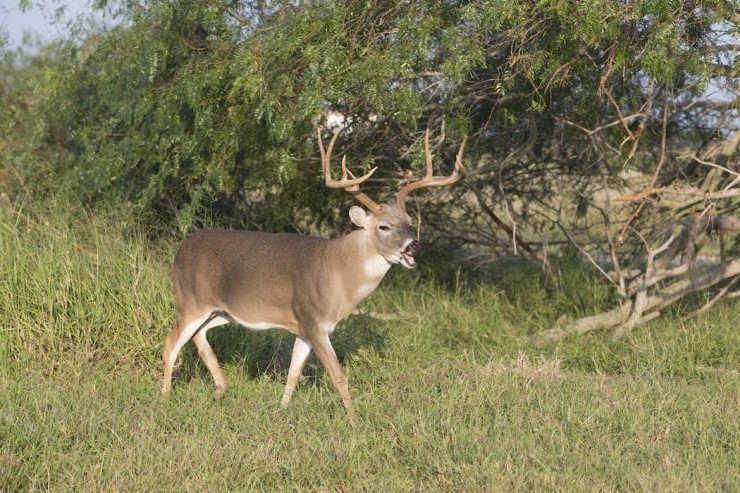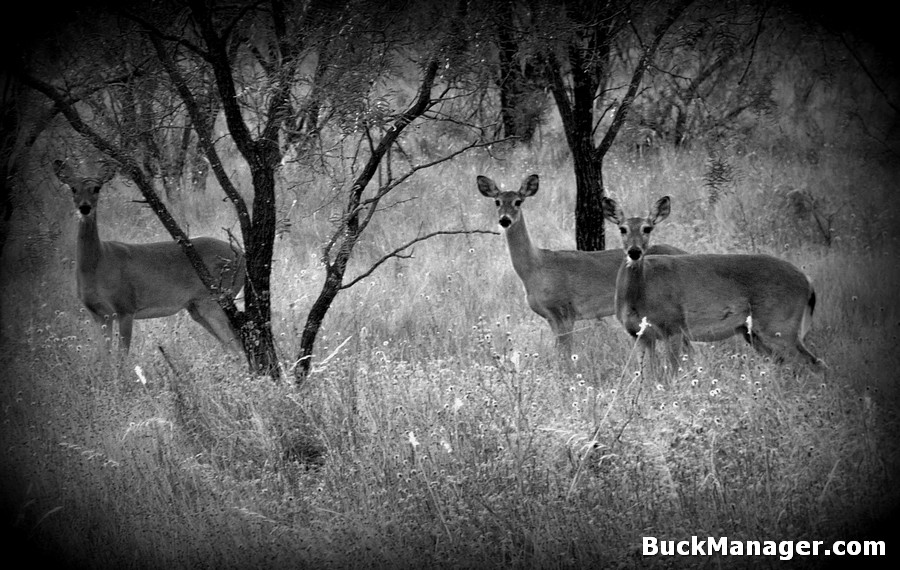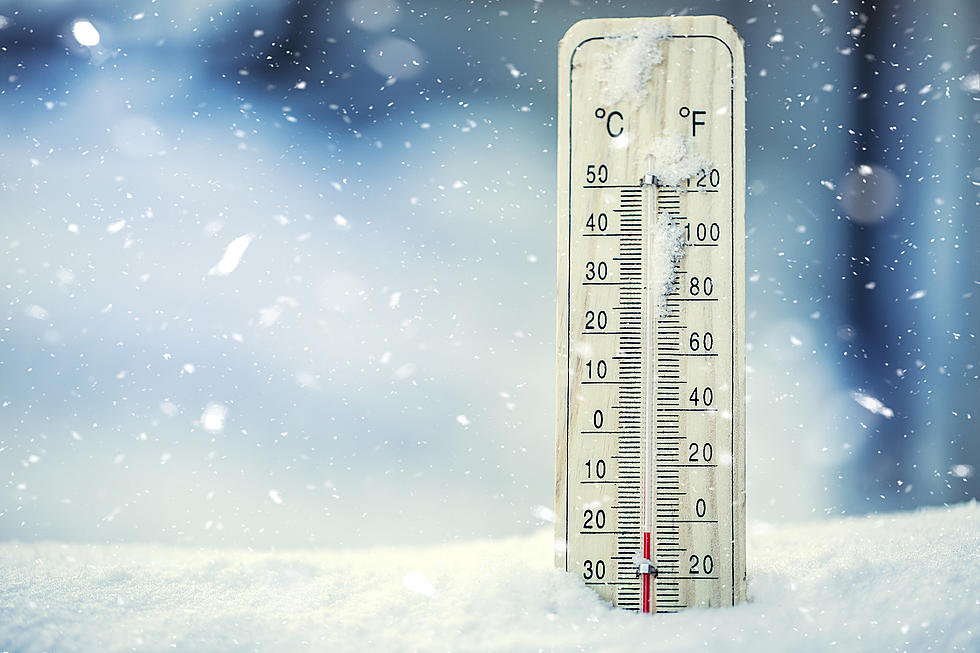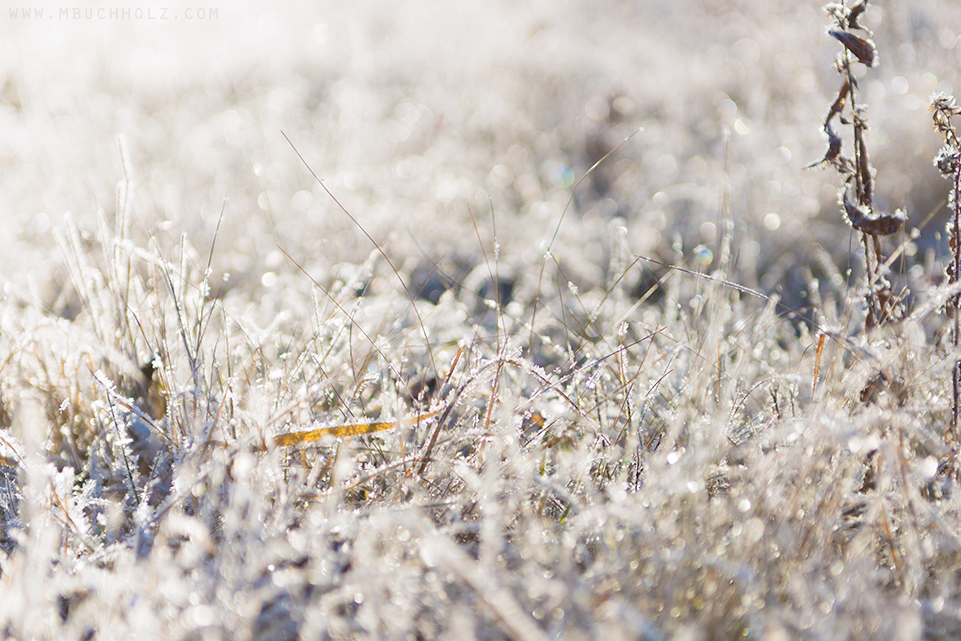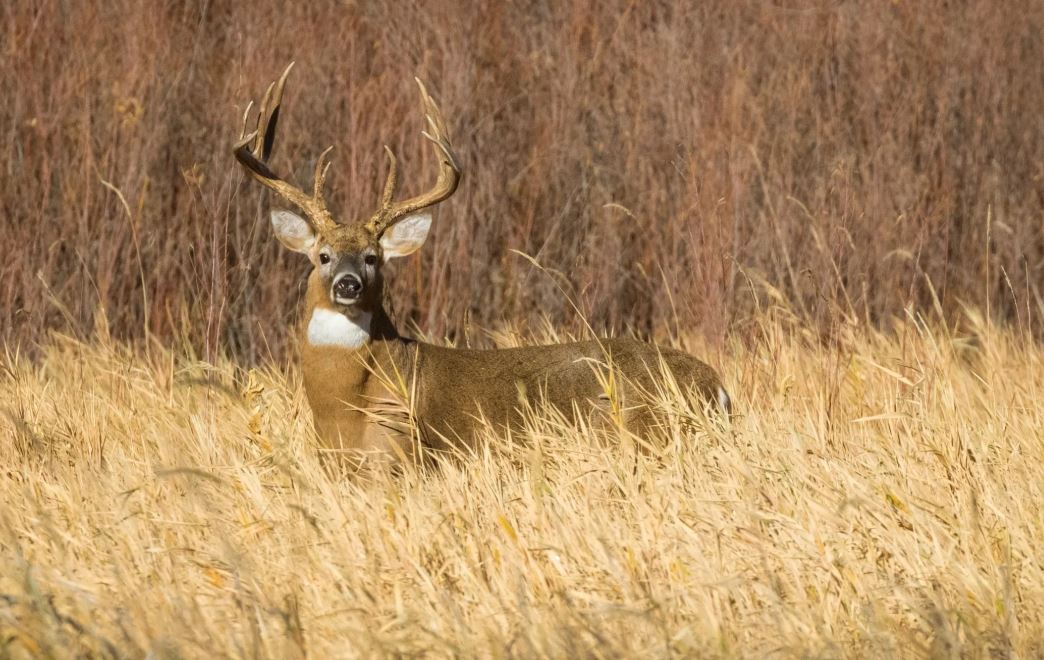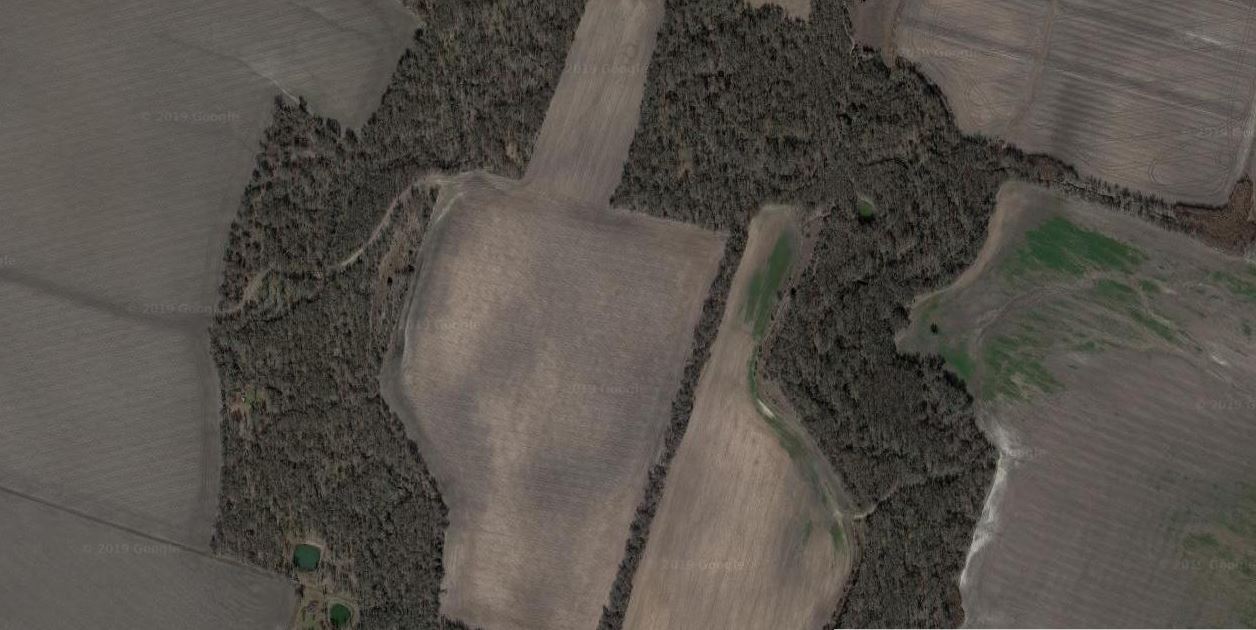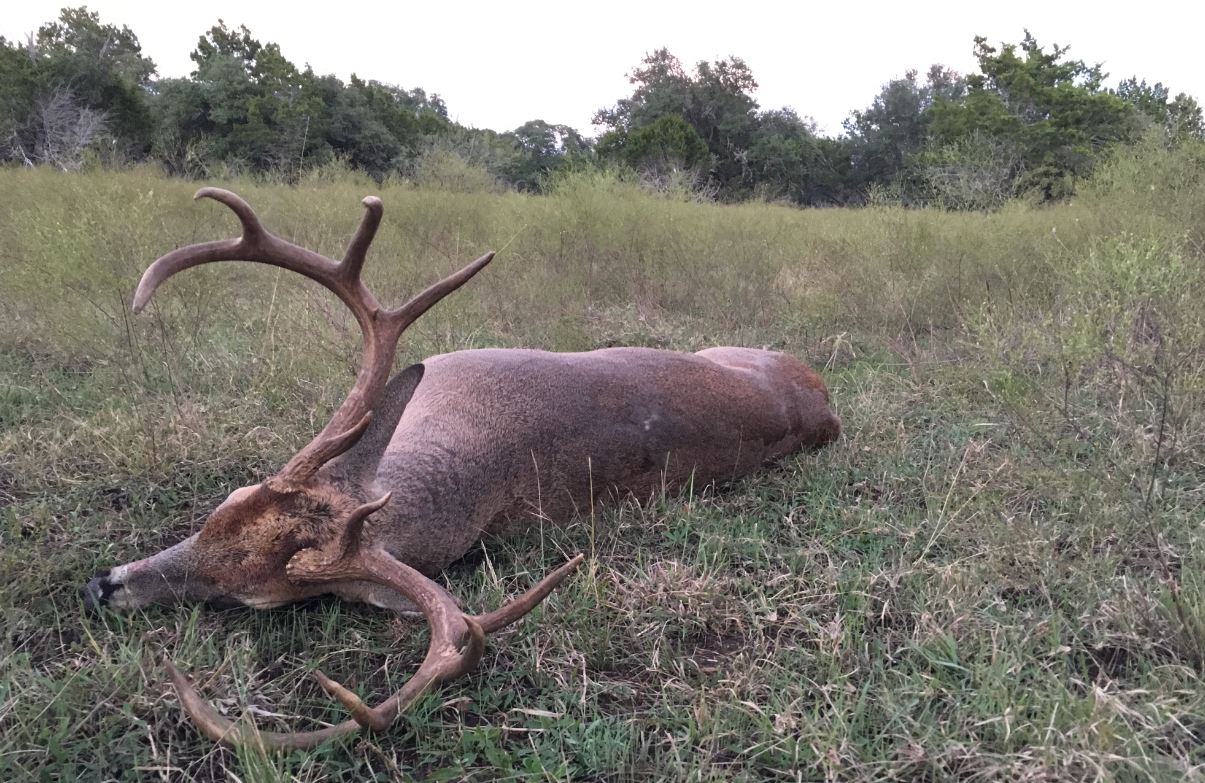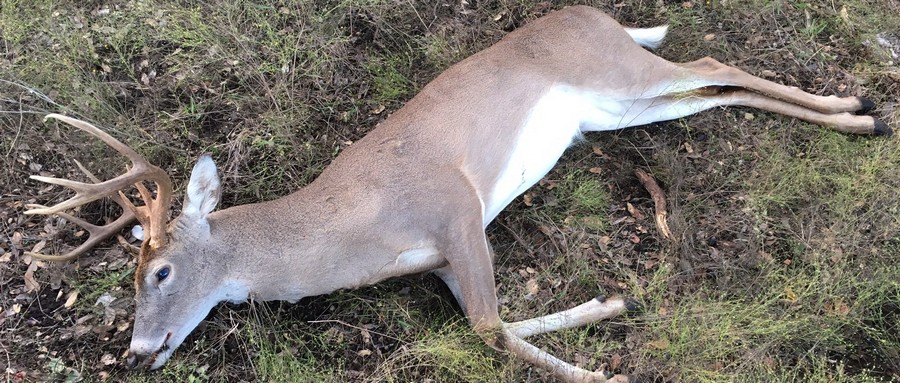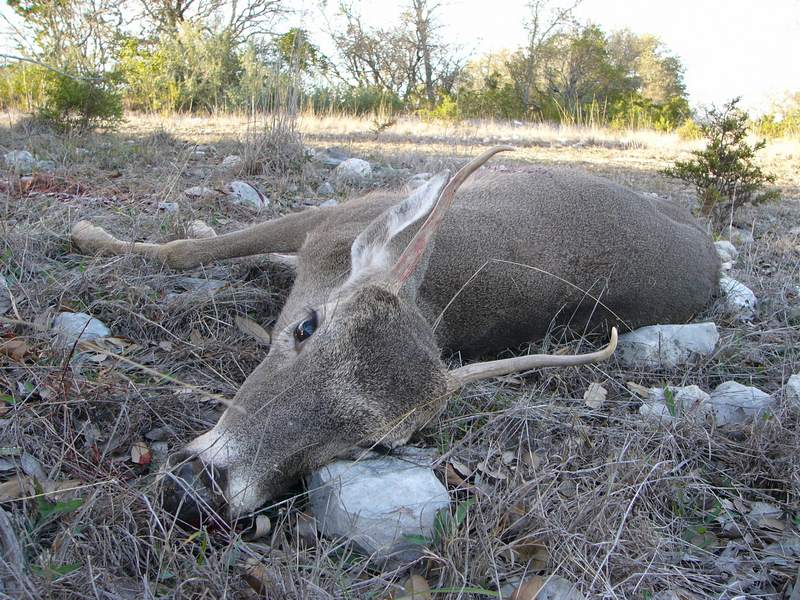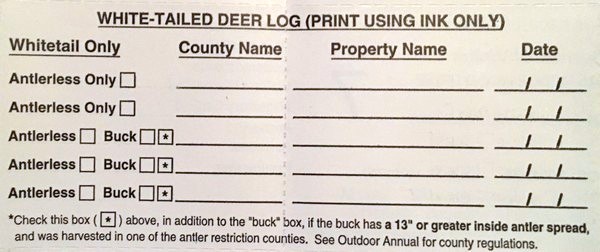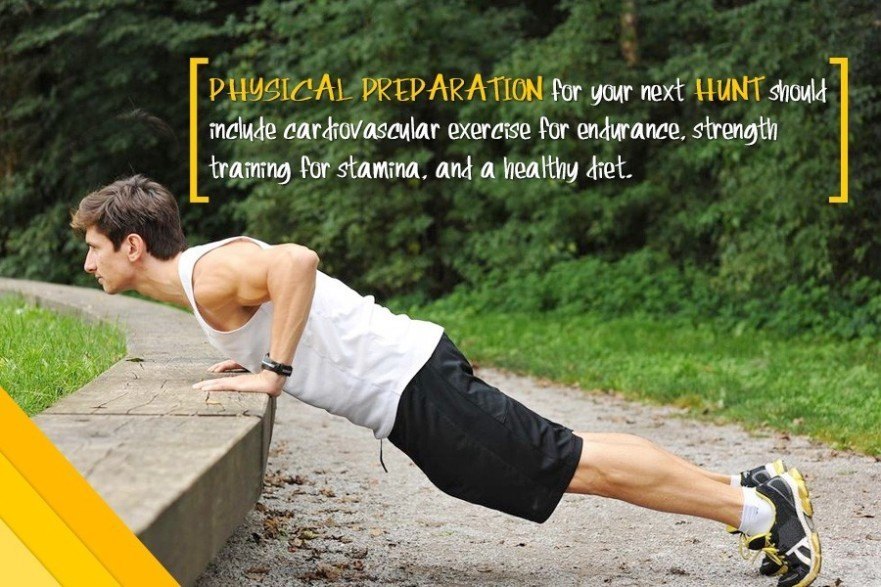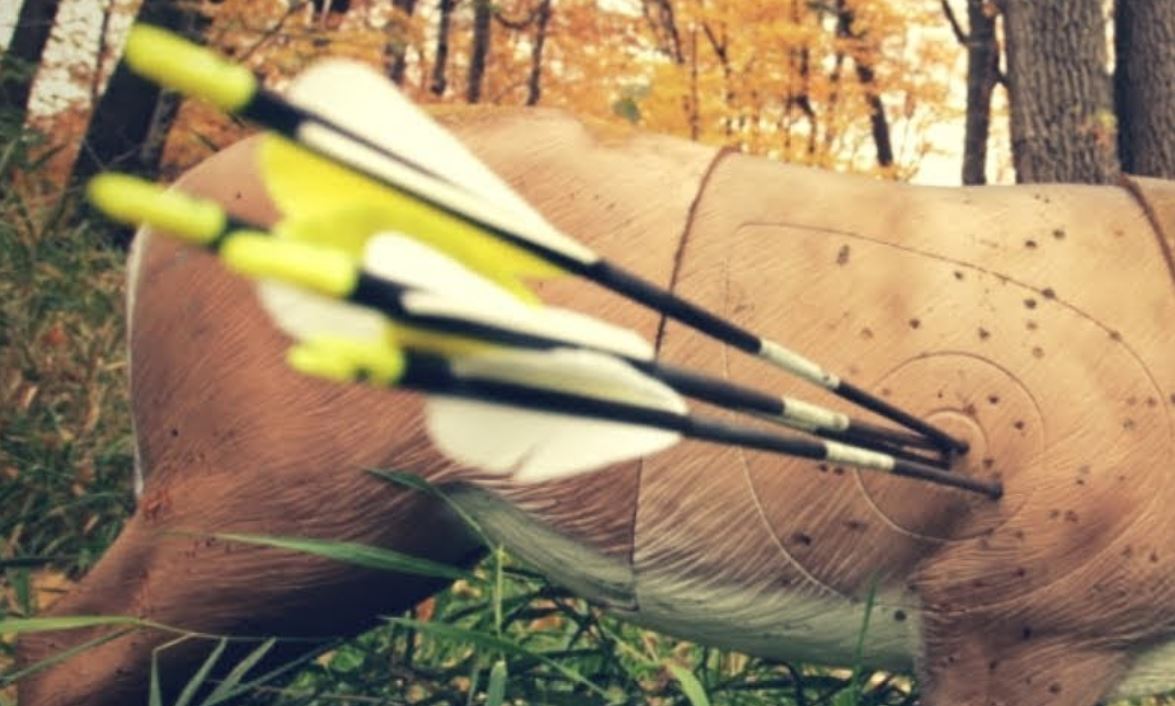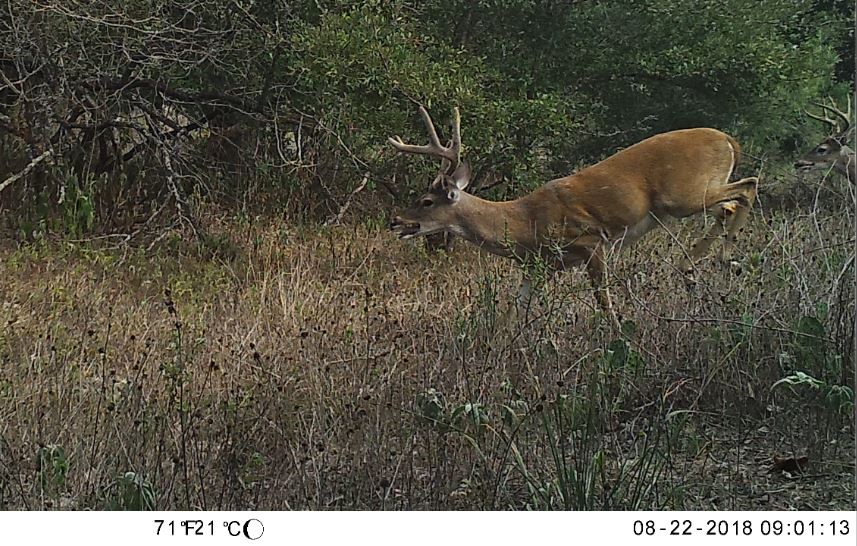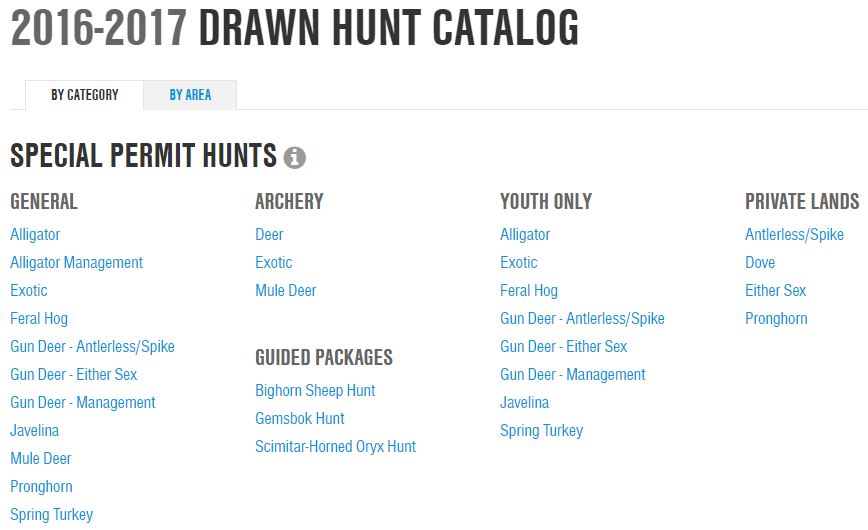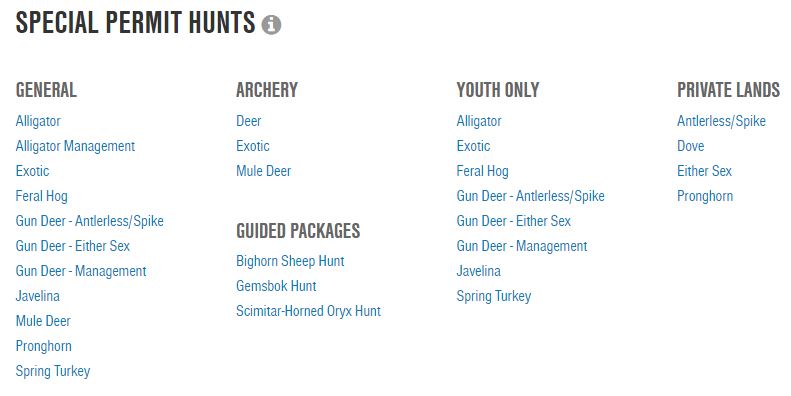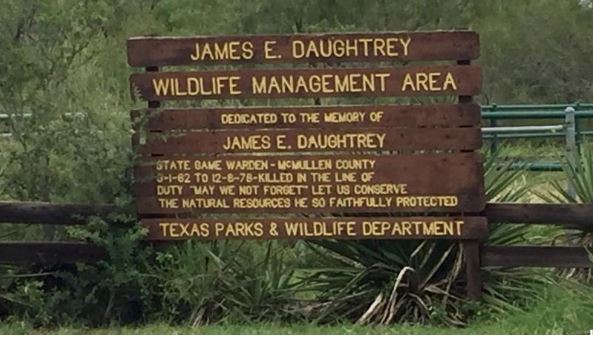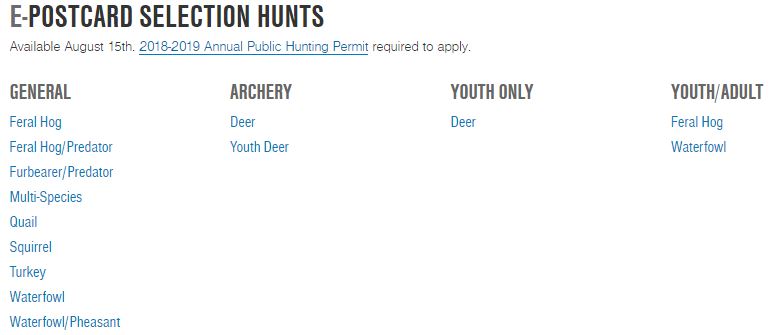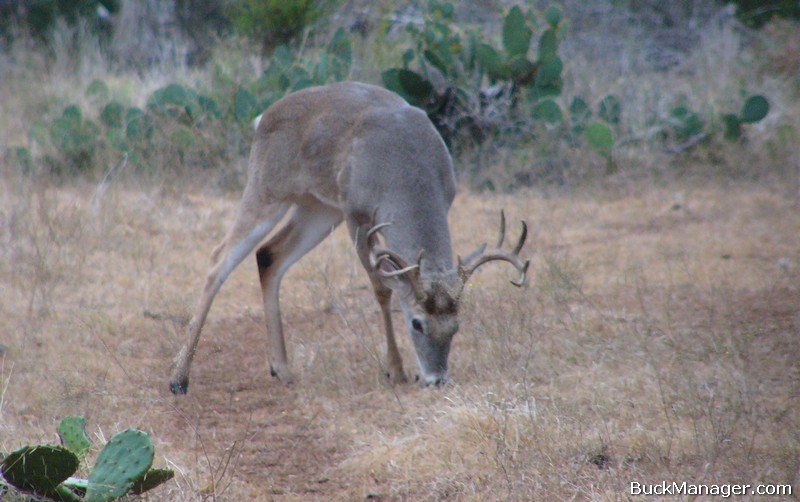Record Buck Shot in TN
It appears that a 47 point white-tailed buck shot in Sumner County, Tennessee, will be a new world record. The hunter, Stephen Tucker, harvested the antler-rich buck back in November 2016, but had to wait out the mandatory 60 day drying out period required by the Boone and Crockett Club before it could be officially measured.
The potential record-breaking skull cap and antlers of the buck, which are estimated to be worth as much as $100,000, were kept in a rather safe place until they could be scored — in the vault of a local bank. Better safe than sorry, right?
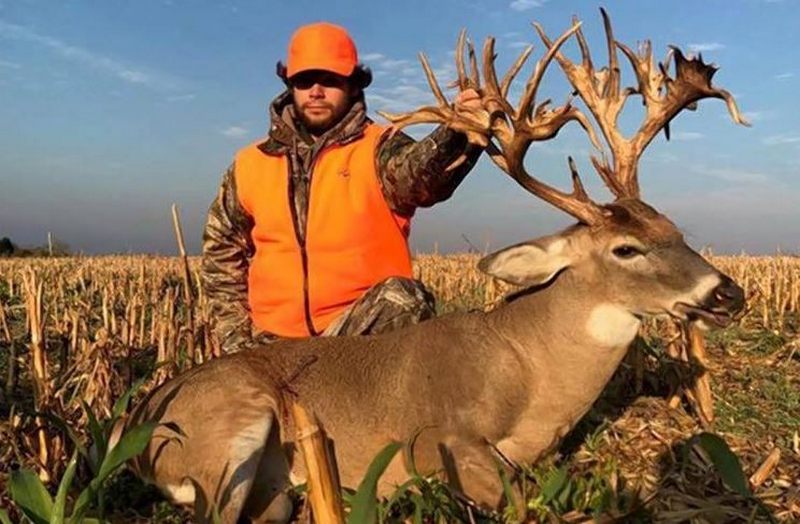
Hunting a World Record
After monitoring the buck for months with game cameras, Tucker, 27, shot the nontypical buck with a muzzleloader in Sumner County, Tennessee. But it was not a one-and-done hunt, not by any stretch. Tucker bumped into the buck the very first day of the season, November 5, but his muzzleloader would not fire. Now, that sounds like my kind of luck.
Later that same day, the hunter crossed paths with the tremendous deer again, but could not seal the deal because the buck was too far out. Persistence and patience eventually payed off though. On November 9, 2016, four days after initially crossing paths with the deer, a somewhat frustrated Tucker once again found himself with an opportunity to tag the 47 point buck.
This time, the buck stood a mere 40 yards away. Tucker calmed himself, squeezed the trigger and wrote the final chapter of a very special buck’s life.
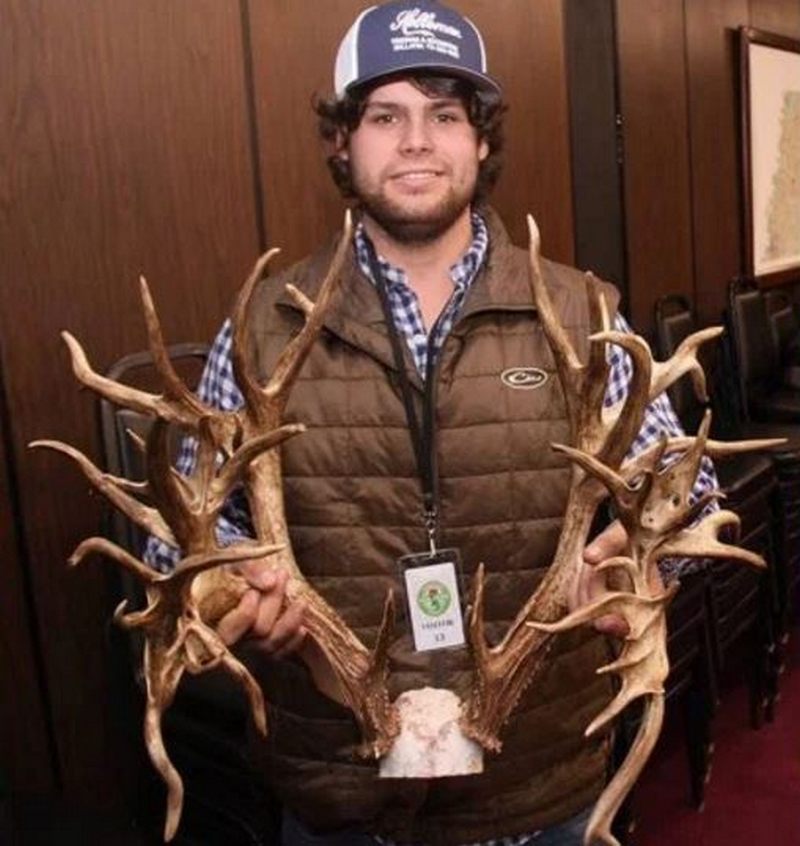
Record Whitetail
Now, just over 60 days later, the 47 point once-in-a-lifetime buck officially scored a whopping 312 3/8 inches, as measured by a 4-member panel from Boone and Crockett. Scoring the buck was a marathon in itself. It took the panel over 4 hours to finish the job!
“I have truly been blessed and I am very thankful,” Tucker said after learning the rack’s score. “I have had a lot of phones calls and questions and have tried to be patient waiting through the process. I am very appreciative to my family, friends, and the Tennessee Wildlife Resources Agency, especially Captain Dale Grandstaff, who has led me through the process. I believe he has been as excited about it as I have.”
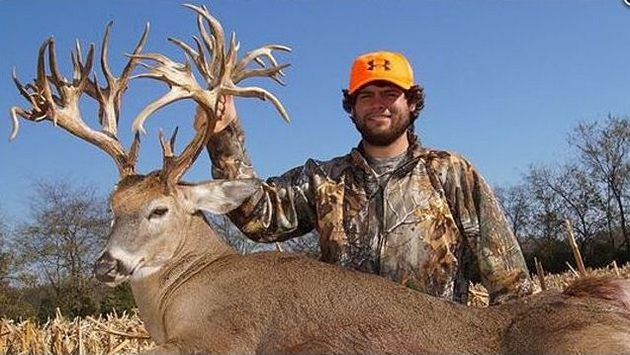
Something Special in Sumner County
The 47 point Tennessee bruiser will receive its official certification/coronation as the new world record white-tailed buck at the Boone and Crockett awards banquet in 2019. At that time, it will be measured yet again by two scorers. The current non-typical net world record of 307 5/8 was killed in 2003 by Tony Lovstuen in Albia, Iowa. It appears Tucker’s 312 3/8 will hold up.
The great thing about Tucker’s 47 point buck from a scoring perspective, in addition to the high total number of points, is that the buck looks to be a very symmetrical mainframe 10 point buck. A set of antlers with very symmetrical matched (mainframe) points will have few deductions, which is the difference between the gross and net scores, in both typical and non-typical antlers.
Obviously, the buck is also a new record for the state of Tennessee. The previous record for the state netted 244 3/8 inches. The buck shot by Tucker has completely obliterated that record, tacking on almost another 70 inches! The prior state record, shot in 2000, was also killed in Sumner County. Must be some good eats and genetics up that way. Wonder if I can find a good place to hunt ’round there?
